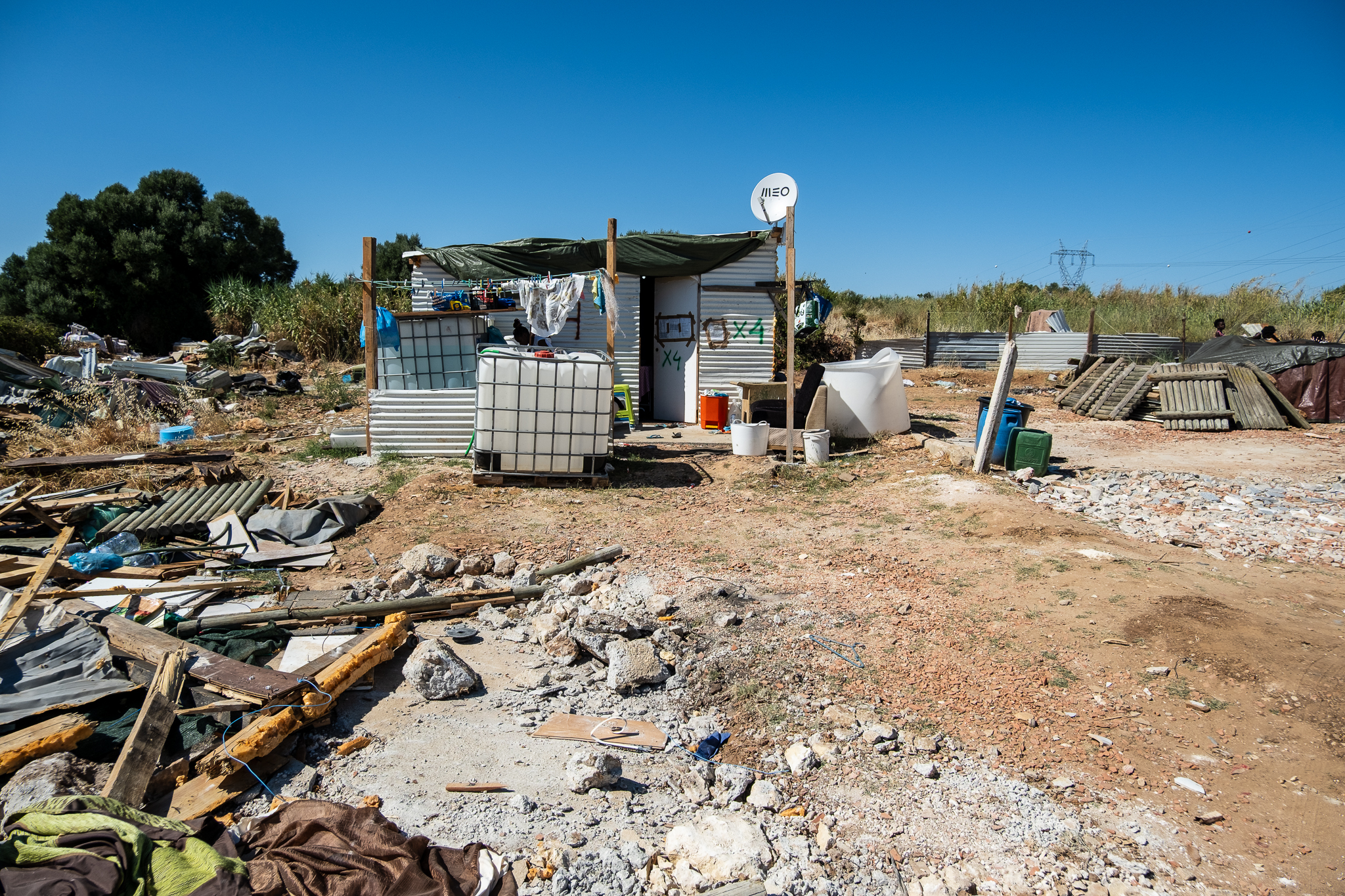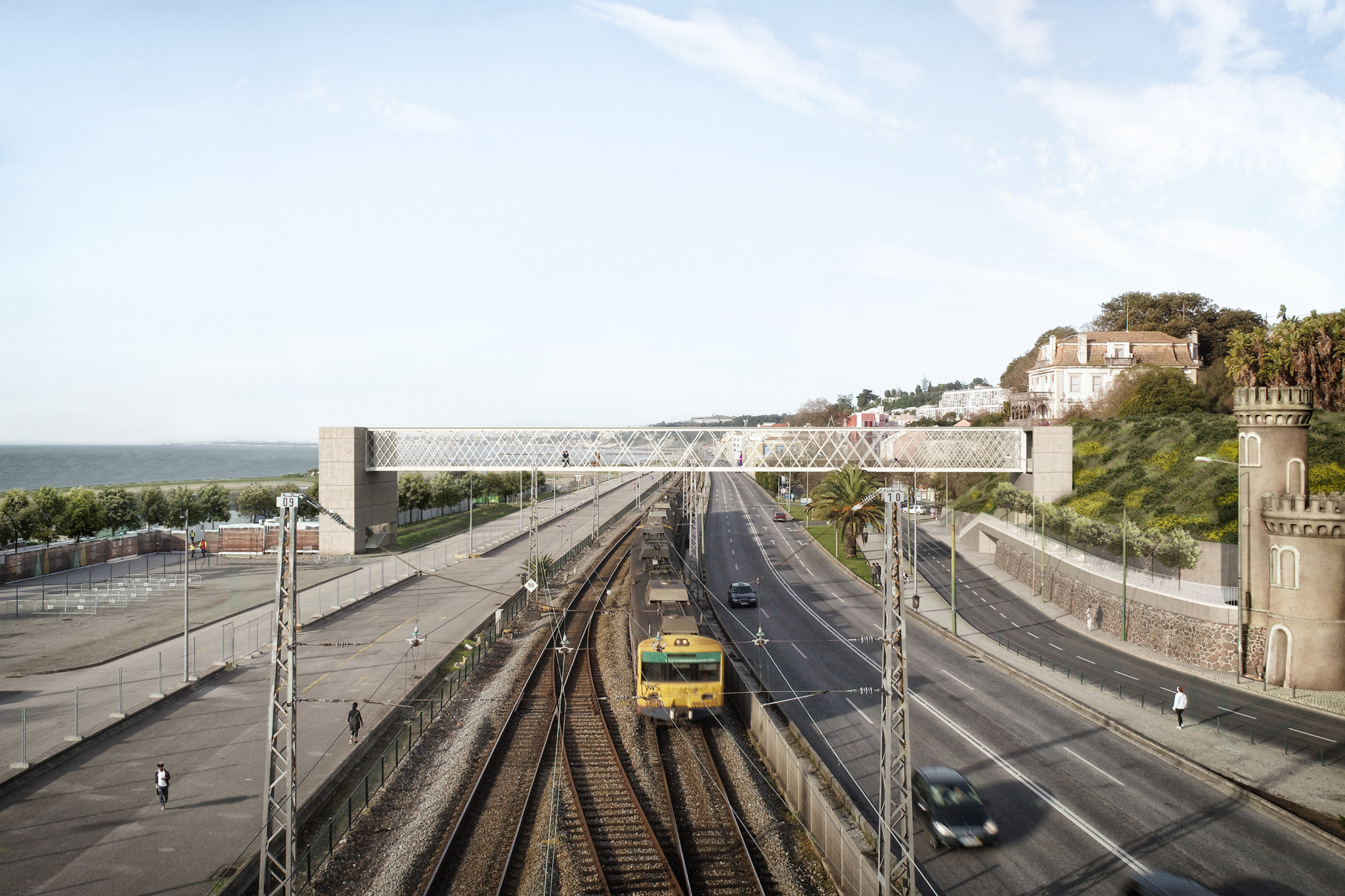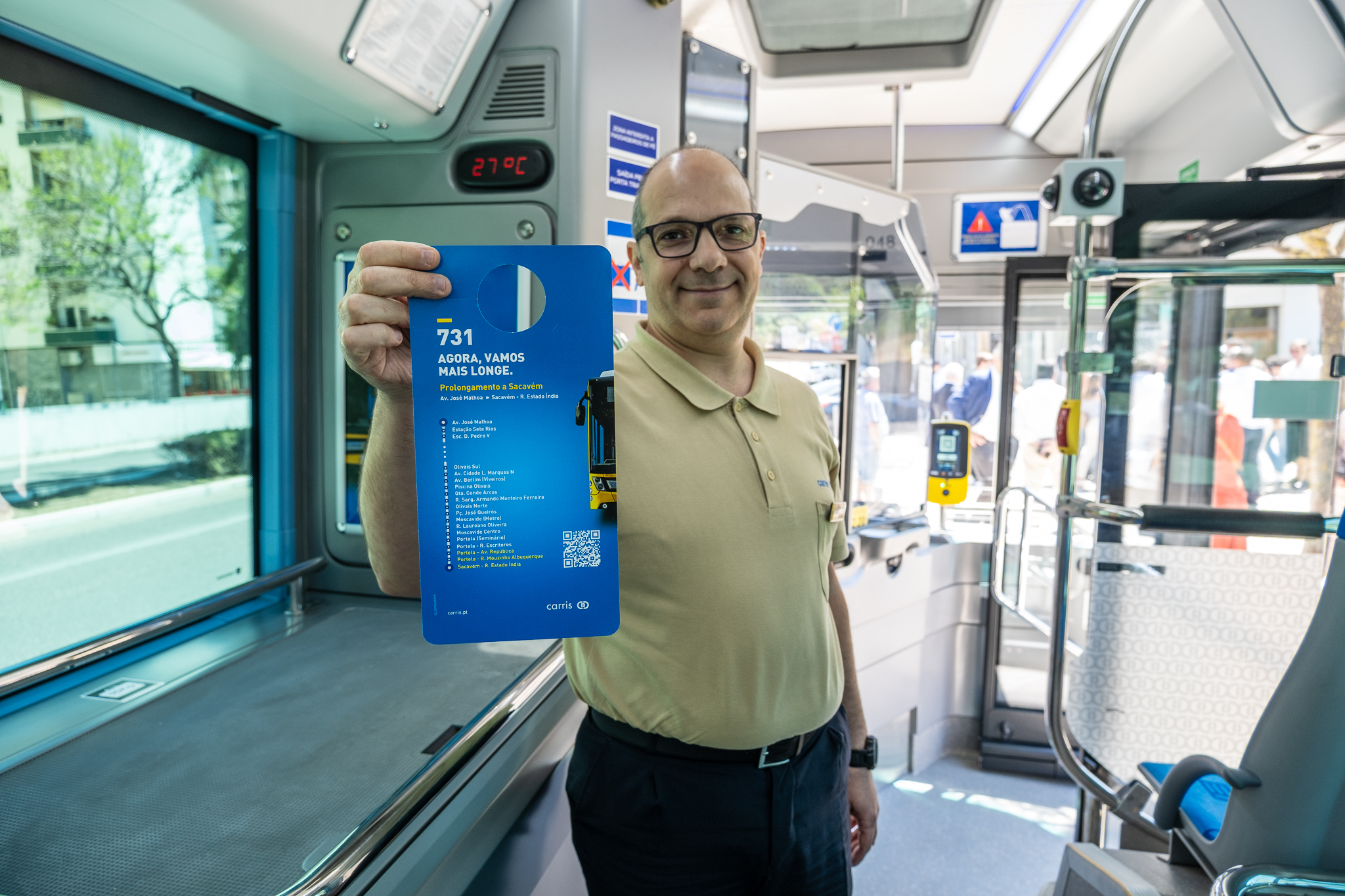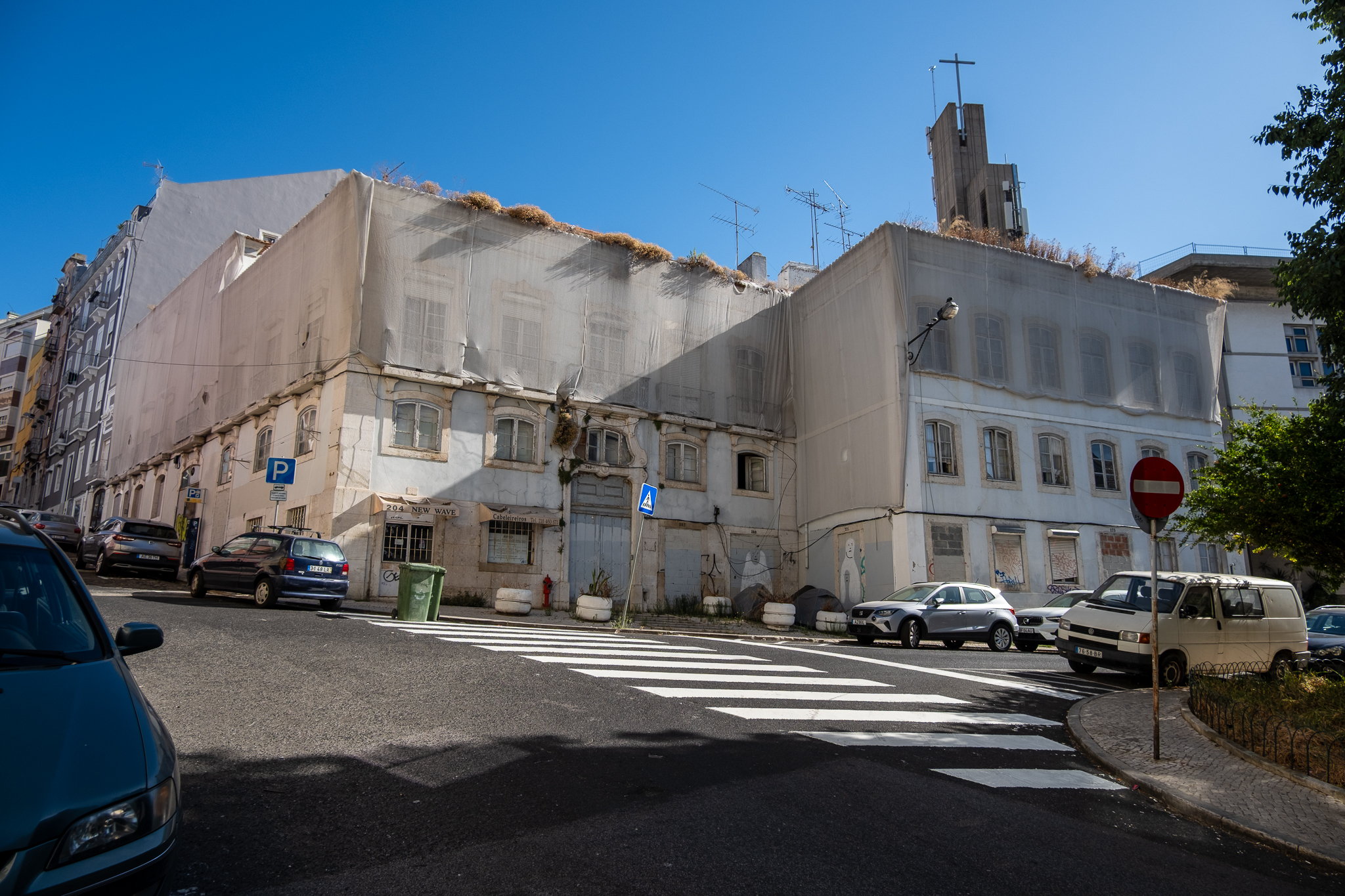For this association, which advocates for urban mobility by bicycle, the bicycle lane sign should be square and not circular, so that it is clearer that there is no obligation to use these special lanes.

The Highway Code (EC) states that the use of bicycle lanes by a person on a bicycle is not mandatory, only recommended ("their traffic should preferably take those lanes"). The Traffic Signs Regulation (RST) states, for its part, that the bicycle lane sign is circular in shape and blue in color like the obligation signs, and that it identifies a "mandatory bicycle lane"-although the EC does not, as we have seen, establish any obligation to use bicycle lanes.
There is no doubt that bike paths are only recommended routes and that no person on a bicycle is forced to use them, even because those paths may be poorly designed or may, for other reasons, not meet the mobility needs of a particular cyclist. Still, MUBi - an association that advocates for urban mobility by bicycle - believes that the Traffic Signal Regulation needs to be harmonized with the Highway Code when it comes to bicycle pathsand suggests that the bicycle lane sign (D7a) be changed to a square sign, information, "as exists in several European countries"as is the case in France.
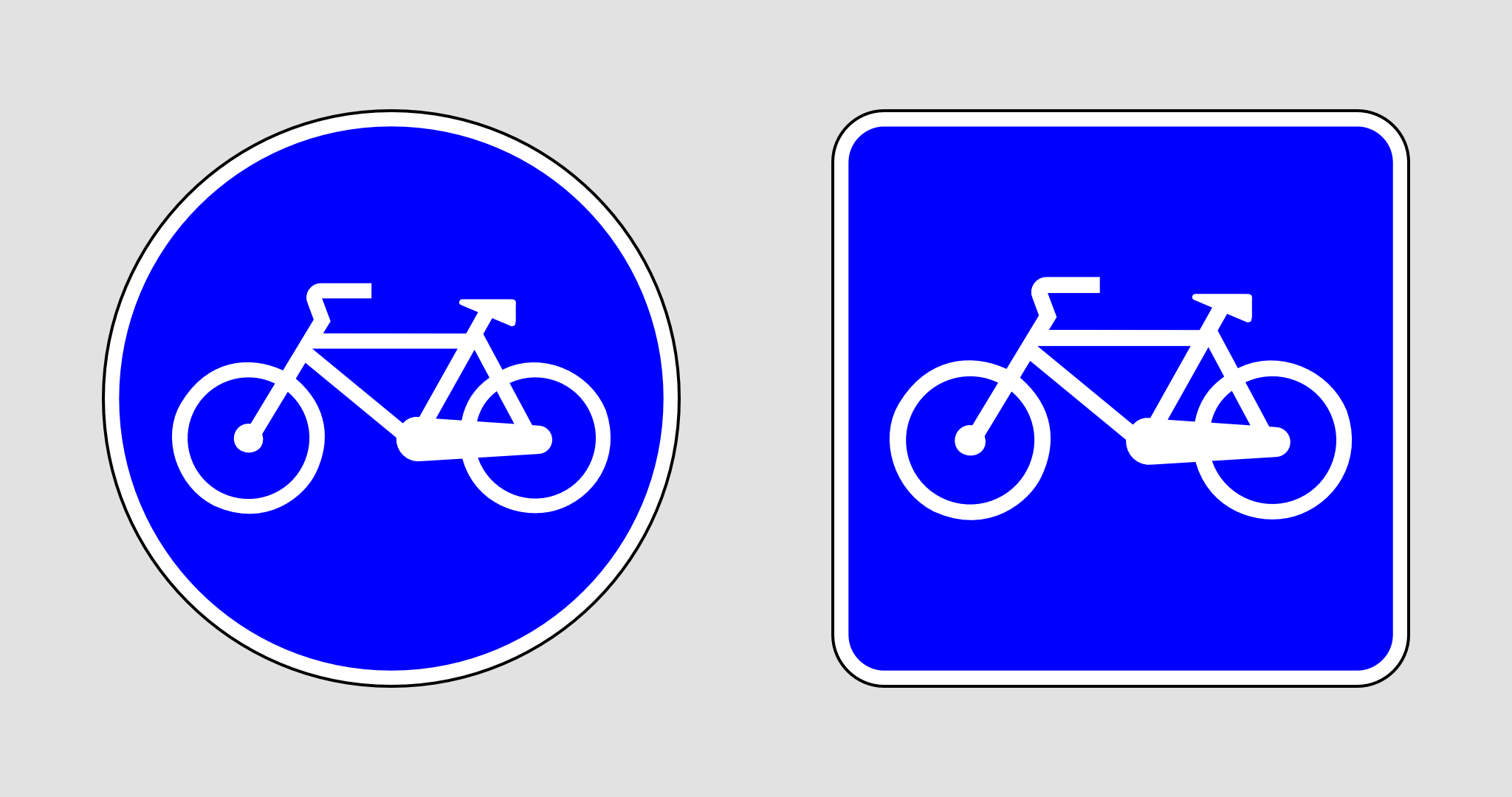
Another alternative, suggested by MUBi, is changing the description of the bicycle path sign (D7a) from "compulsory cycle track" to "reserved lane for velocipedes"It would thus have a similar description to the sign that identifies BUS lanes (D6) - "lane reserved for public transport vehicles" - suggesting that these have that dedicated lane but that they can use other lanes if necessary.
MUBi regrets the "missed opportunity for harmonization of the RST with the Highway Code" at the time of revision of the first document in 2019. “The RST remained out of compliance with the respective diploma it aims to regulate, since it is established, since 2013, that the use of 'special lanes' (article 78 of the EC) is preferential and not mandatory. Now, the RST incongruously maintains a single sign for its identification, the D7a, meaning mandatory."
Other suggestions
The suggestions to change the blue sign that is used in Portugal to identify bike lanes are part of a document with several other proposals for the EC and the RST. To wit:
- the creation of new signage:
- an information sign that indicates when a bike lane has two directions of traffic (it is bidirectional);
- a new yielding sign that allows a person on a bicycle to turn left or right, even when the light is red and if they can see that it is safe to do so;
- a new dead-end street sign that indicates that, for someone on foot or on a bicycle, there is indeed an exit.
- the change in terminology "vulnerable users"which refers to people on foot or by bicycle, to "most vulnerable users" or "most unprotected users". MUBi also suggests the expression "people on bicycles" instead of "bicycles";
- a elimination of word "accident" In this case, it is not possible to change the word "claim" to "claim";
- a clarification that:
- the person on the bicycle does not have to transit "on the right side of the traffic lane" not even allowed to overtake "veering as far to the right as possible"as it is referred to today in the EC, if that is the safest for her. MUBi says that this duty to drive in the rightmost lane and pull over as far to the right as possible is not "consistent with the need for safe bicycle circulation and the requirement that overtaking vehicles must be performed by occupying the adjacent lane".
- a driver of a vehicle overtaking a bicyclist must do so occupying the entire adjacent lane. According to MUBi, it should be clear that an overtaking vehicle is required to "fully occupying the adjacent lane when overtaking any vehicle, including a bicycle".
- people on bicycles can ride in groups or side by side in the same laneMUBi believes that, on the one hand, there is a need for a new traffic calming system, without being conditioned by the visibility of the road, by the intensity of traffic and by the fact that it may cause an obstruction to traffic, as the EC currently refers. MUBi believes that, on the one hand, it is necessary "protect bicycle 'trains' (promoted by some municipalities and which the Directorate-General for Education also wants to boost)" and, on the other hand, that "cyclists riding abreast makes the overtaking maneuver easier, as it makes the overtaking distance shorter".
- a change of speed limit "within localities"where motorized traffic interacts with pedestrians and bicycle users, from the current 50 km/h to 30 km/hwith the exception of "lanes reserved for automobiles and motorcycles";
- an revision of the regime of administrative offenses, which "must address, in particular, the aggravation of the consequences of speeding in urban environments, the disrespect of safety distances for vulnerable users, the disrespect of crosswalks (pedestrian crossings and bicycle crossings), the disrespect of priority rules for vulnerable users and abusive parking on sidewalks, urban pedestrian areas and bicycle paths"
MUBi wants these suggestions to be analyzed by National Road Safety Authority (ANSR), the entity responsible for both the EC and the RST, in the sense that they can be incorporated in the short term. In a second phase, the association intends not only a "thorough review" of the Code, but also the inclusion of "rules of conduct" for a "Road Citizenship and Sustainable Mobility".
According to MUBi, it is necessary "align mobility policies with the safe use of public space"and is "counterproductive to maintain or create rules that discourage the use of desirable modes (walking or biking)". This association understands that the recent changes to the Highway Code brought good news for more vulnerable users, but that "these continue to feel that many of these rules are not respected, nor are non-compliance punished with the necessary regularity".
You can read MUBi's proposals in full in the document below and send comments, contributions and other feedback to geral@mubi.pt.

